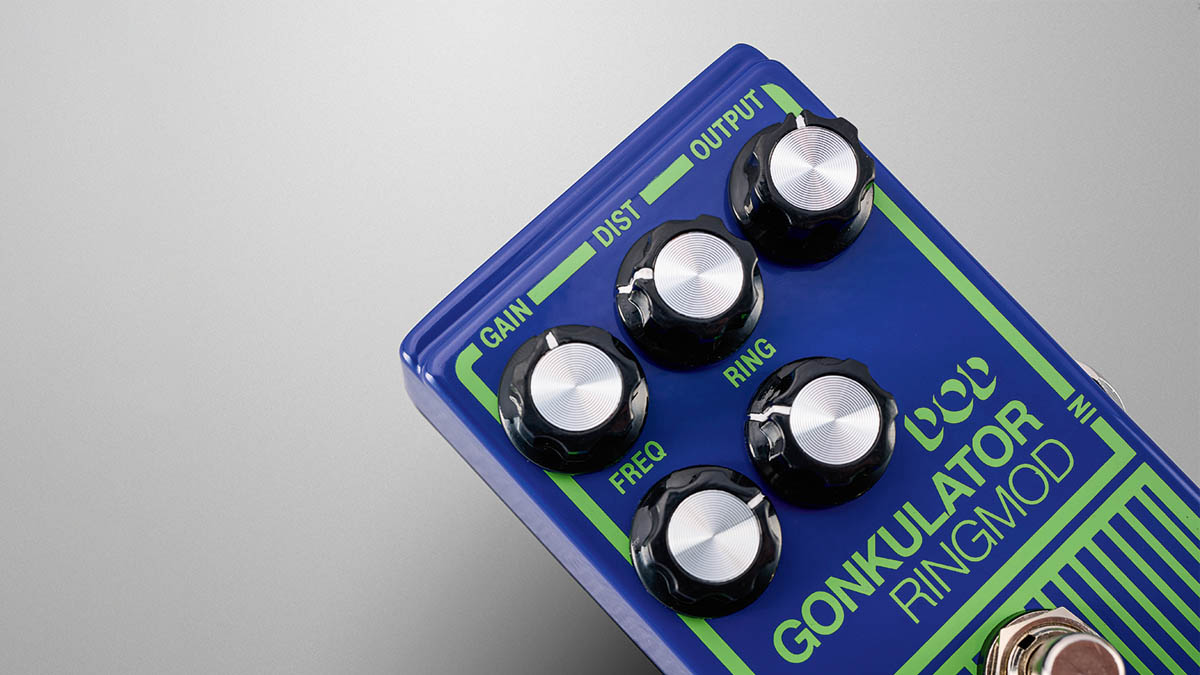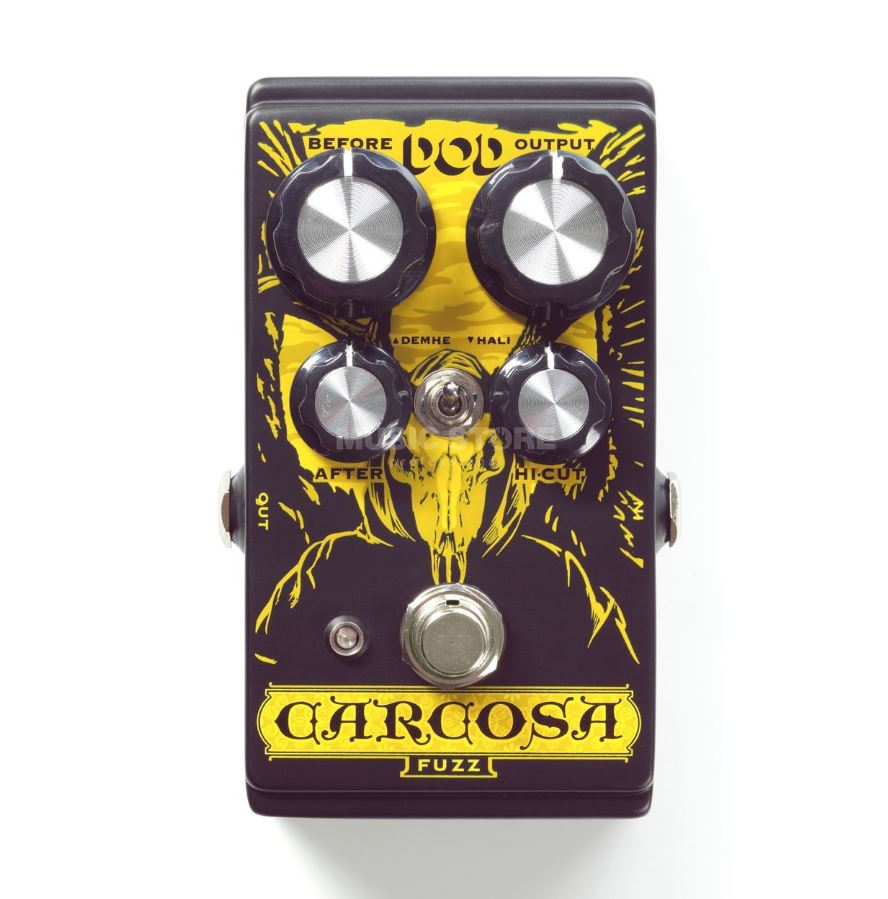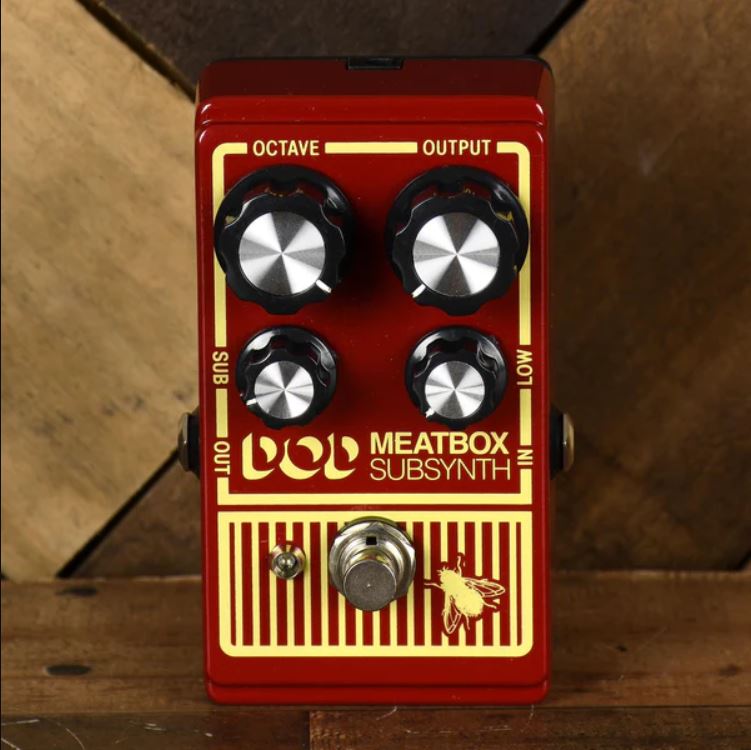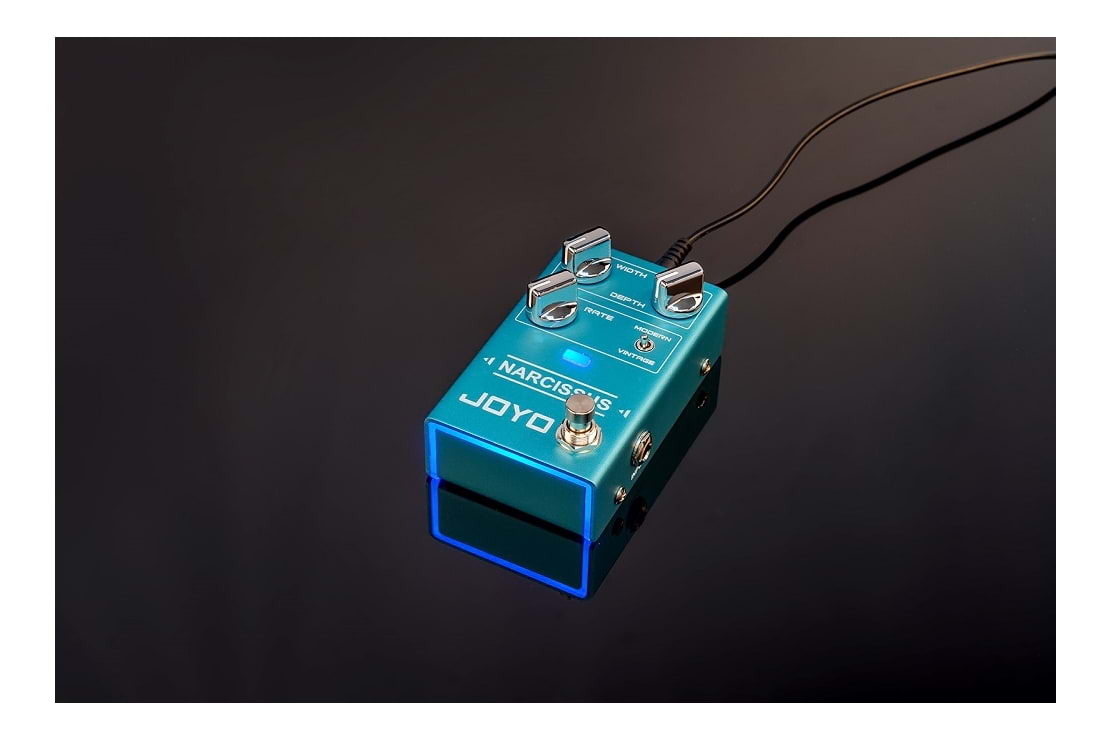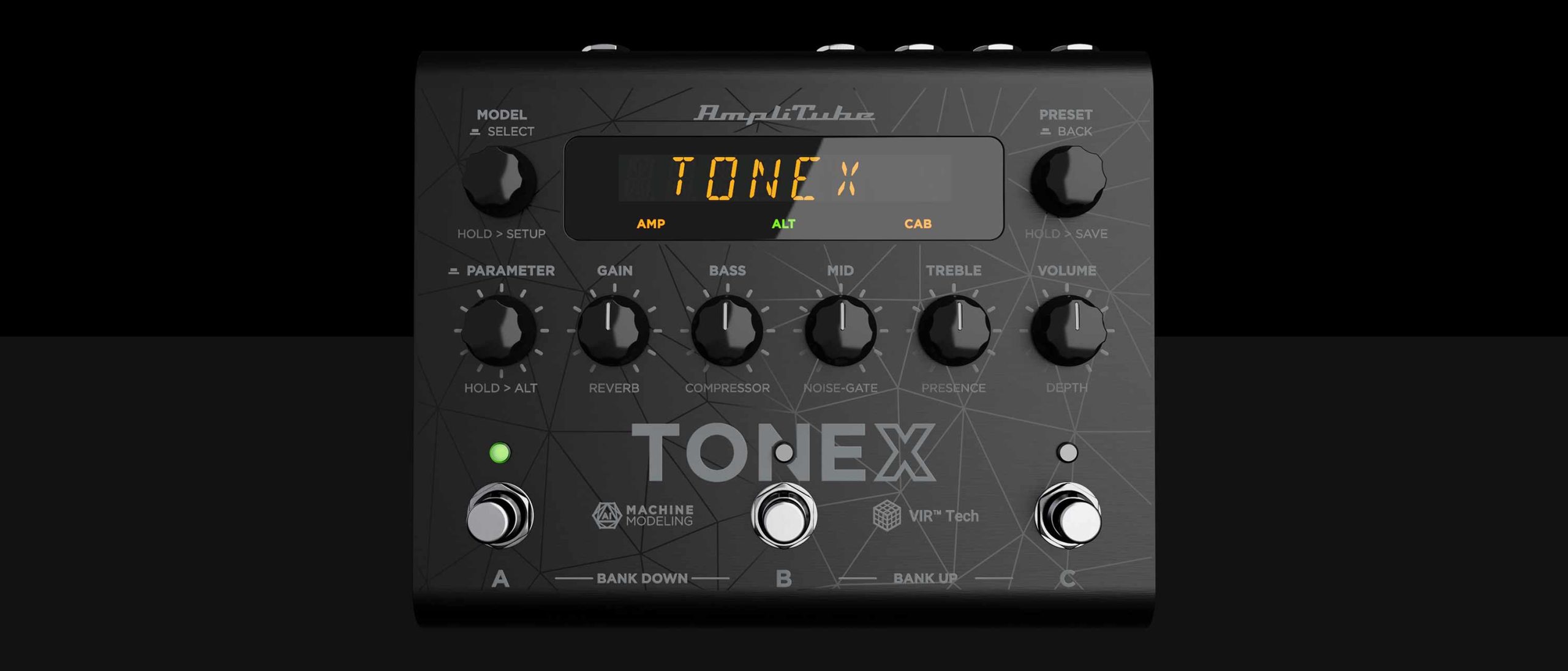
IK Multimedia TONEX Pedal Review (2025): The Best Amp & Pedal Modeler for Bass Players
The Best Amp & Pedal Modeler for Bass Players Disclaimer: This pedal was kindly provided by IK Multimedia for the purpose of this review. However, this does not influence our opinions or the content of our reviews. We strive to provide honest, unbiased, and accurate assessments to ensure that our readers receive truthful and helpful information. Every so often, a piece of gear comes along that genuinely shifts how bassists think about tone. The IK Multimedia TONEX Pedal is one of those rare tools. For years, players have debated whether digital modelers could ever capture the feel of a real amp pushing air. But with IK’s AI Machine Modeling™ technology, that debate has changed. Instead of relying on generic algorithms, TONEX actually “learns” the sound of amps, cabs, and pedals—including the quirks and imperfections that make them unique. For a bassist, that means you can show up to a gig with an Ampeg B-15 in one preset, a Darkglass drive in the next, and an Aguilar DB750 waiting just a footswitch away—all without hauling a fridge cab or a rack of pedals. Compact, rugged, and packed with options, the TONEX Pedal is a rare case of something that feels equally at home on a pedalboard, in a studio rack, or on a desktop next to your audio interface. TL’ DR – IK Multimedia TONEX Pedal Pros: Hyper-realistic amp & pedal captures (Ampeg, Aguilar, Darkglass, etc.); compact, rugged build; doubles as USB audio interface; 150 preset slots; access to ToneNET library.Cons: Learning curve with multi-function knobs; best editing requires software; no dedicated blend control for parallel bass tones.Best for: Bass players who want authentic studio and stage-ready tones in a portable, all-in-one pedal.Price Range: ~$399–$450 Check Price on Amazon –> Background: Where the TONEX Pedal Came From IK Multimedia has been pushing digital modeling for years, most famously with its AmpliTube software. But the TONEX series marked a big leap forward. Introduced in 2022, the TONEX software allowed musicians to “capture” their own amps and pedals with stunning realism. The pedal came soon after—designed as a stage-friendly way to bring those captures out of the computer and onto the gig. It sits in an interesting place in the market. On one side, you’ve got full-on digital floorboards like the Line 6 Helix, Headrush, and Quad Cortex. On the other, there are smaller IR loaders and preamp pedals. The TONEX Pedal slots right in the middle: it’s compact, but still powerful enough to be a bassist’s entire rig. For bass players specifically, this is important. Many modelers are geared toward guitarists, and bass tones often feel like an afterthought. IK didn’t make that mistake. Out of the box, the TONEX Pedal comes loaded with serious bass amps and stomps that cover vintage warmth, modern punch, and everything in between. How It Works: Tone Models and Presets At the heart of the pedal are Tone Models—digital captures of amps, cabs, and stomps. These models live inside presets, which are fully tweakable signal chains. Each preset can include: Presets are organized into 50 banks with 3 slots each (A, B, C), giving you a total of 150 preset slots. For live bassists, that’s more than enough to cover every possible gig scenario—from a Motown set on Bank 1 to a modern prog-metal show on Bank 2. The clever part is how amps and cabs are separated. A Tone Model is always divided into two parts: AMP and CAB. This means you can mix and match—want an Ampeg SVT head through an Orange OBC810 cab? Just swap the cab. Want an Aguilar head with a Marshall bass cab? Go for it. It feels modular in a way that bassists will love. Stomps and Bass-Ready Models A Stomp in the TONEX world is a captured pedal. When combined with an amp, you get Stomp + Amp or Stomp + Amp + Cab models. One detail to note: stomps are “tied” to amps, so if you swap the amp in a model, the stomp comes along. The factory stomp list for bass is impressive: Add those to the preloaded bass amps and cabs—Ampeg B-15, Aguilar DB750, Ampeg SVT2-Pro, Marshall JCM800 Bass, Gallien-Krueger 800RB, Orange AD200, Ampeg SVT VR—and you’ve got a factory library that covers nearly every classic and modern bass tone. Controls and User Experience The pedal’s interface is simple at first glance, but it hides a lot of depth. Once you dive into the Parameter knob, you unlock more advanced control—gate, comp, VIR (cabinet mic placement), modulation settings, delay times, and reverb types. This dual-layered control scheme means it’s compact but still powerful. It can take a bit of getting used to, but once you’ve programmed your core presets, the day-to-day use is smooth. Connectivity: Built for Stage and Studio On the back panel, you’ll find: The USB functionality deserves extra mention: the pedal doubles as a 24-bit/44.1 kHz audio interface. For bassists who record at home, this is a game-changer—you don’t need an extra interface to lay down pro-level tracks. Software and Ecosystem Here’s where the pedal ties into IK’s broader ecosystem: For bassists, this means you’re not limited to the factory tones. You can explore community captures of rare gear—or upload your own studio rig and carry it to the stage. Pros and Cons Pros Cons FAQs 1. What’s the difference between the TONEX Pedal and the TONEX ONE?The TONEX ONE is like the “baby brother.” It’s much smaller, with fewer preset slots and limited I/O—perfect if you just want a grab-and-go pedal for one or two tones. The full-sized TONEX Pedal, however, has 150 presets, stereo outs, MIDI, and deep editing. 2. Can I capture my own bass rig?Yes. Using the TONEX software, you can capture your own amp, cab, or pedal. For example, if you love your studio’s vintage Ampeg head, you can record its tone and carry it with you inside the pedal. 3. How does it compare to other modelers like Line 6 Helix or Quad Cortex?The Helix and
